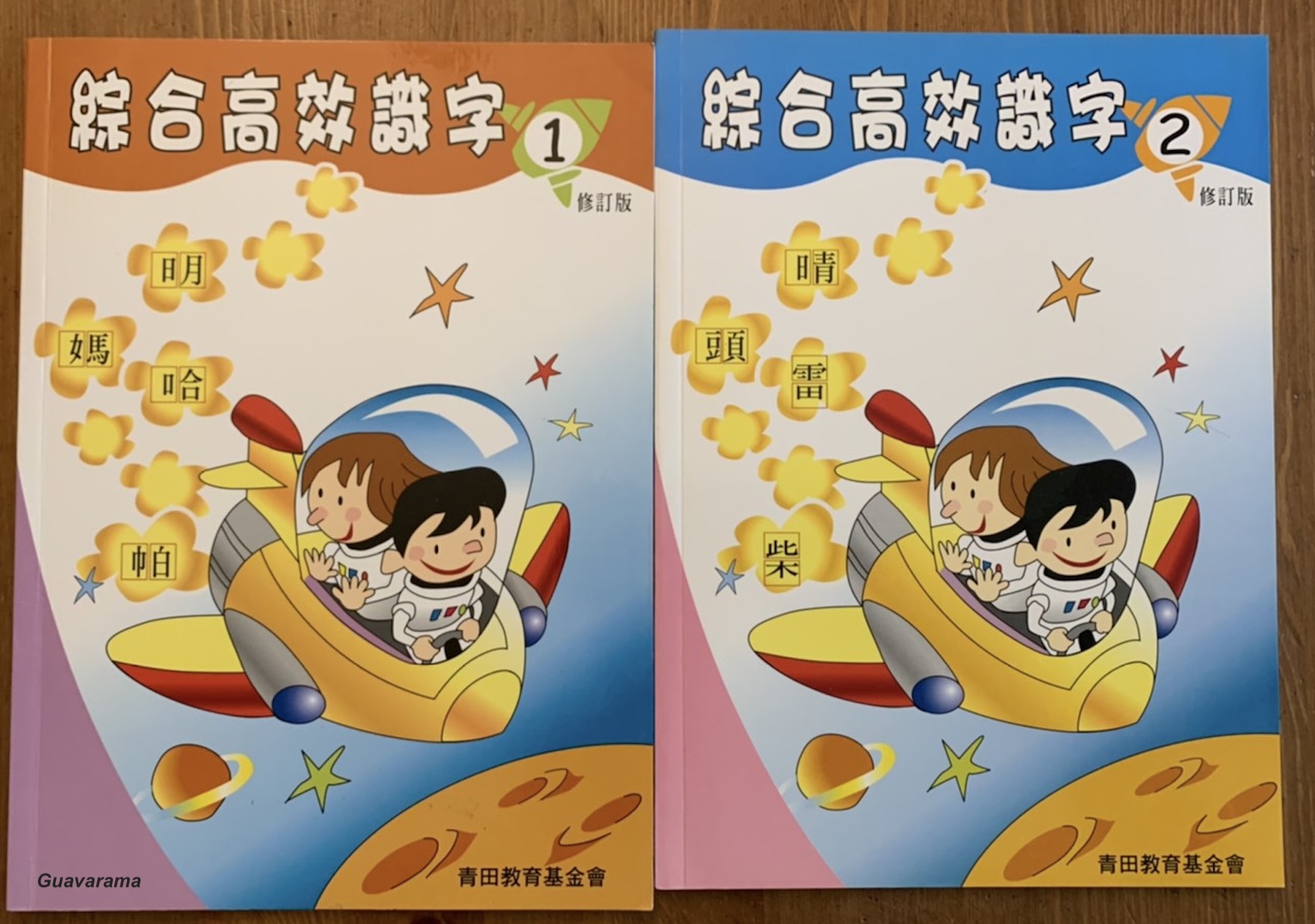Suitable for: 1st grade+ or after you’ve learned Sagebooks
As I mentioned in my previous review of the Greenfield Rainbow Reading Series, I bought most of Greenfield’s curriculum in the elementary level. Today, I will review a bit their High Efficiency Character Recognition set.
If you need an overview of all of Greenfield’s curriculum, I wrote a post about it years ago.
Oh wait, so here’s the TL;DR: This is a good series to use if you want a Chinese equivalent of Writing with Ease to teach narration, dictation, comprehension, and character recognition after Sagebooks.
What is Greenfield High Efficiency Character Recognition series?
So, if you followed Greenfield’s Whole Word method in learning characters, and bought their reading sets for preschool kids, your kids would have recognized quite a few characters.
And then what?
That’s where the High Efficiency character recognition series comes in. It teaches the concept of components and radicals to help a child learn how to recognize more characters. By this I mean, in Chinese, many characters have a radical component for meaning and a phonetic component for the pronunciation.
But of course, there is a caveat for this method: You must be a speaker first.
Let me show a few pics first before I go on. (Fleur took some of these pics for me.)




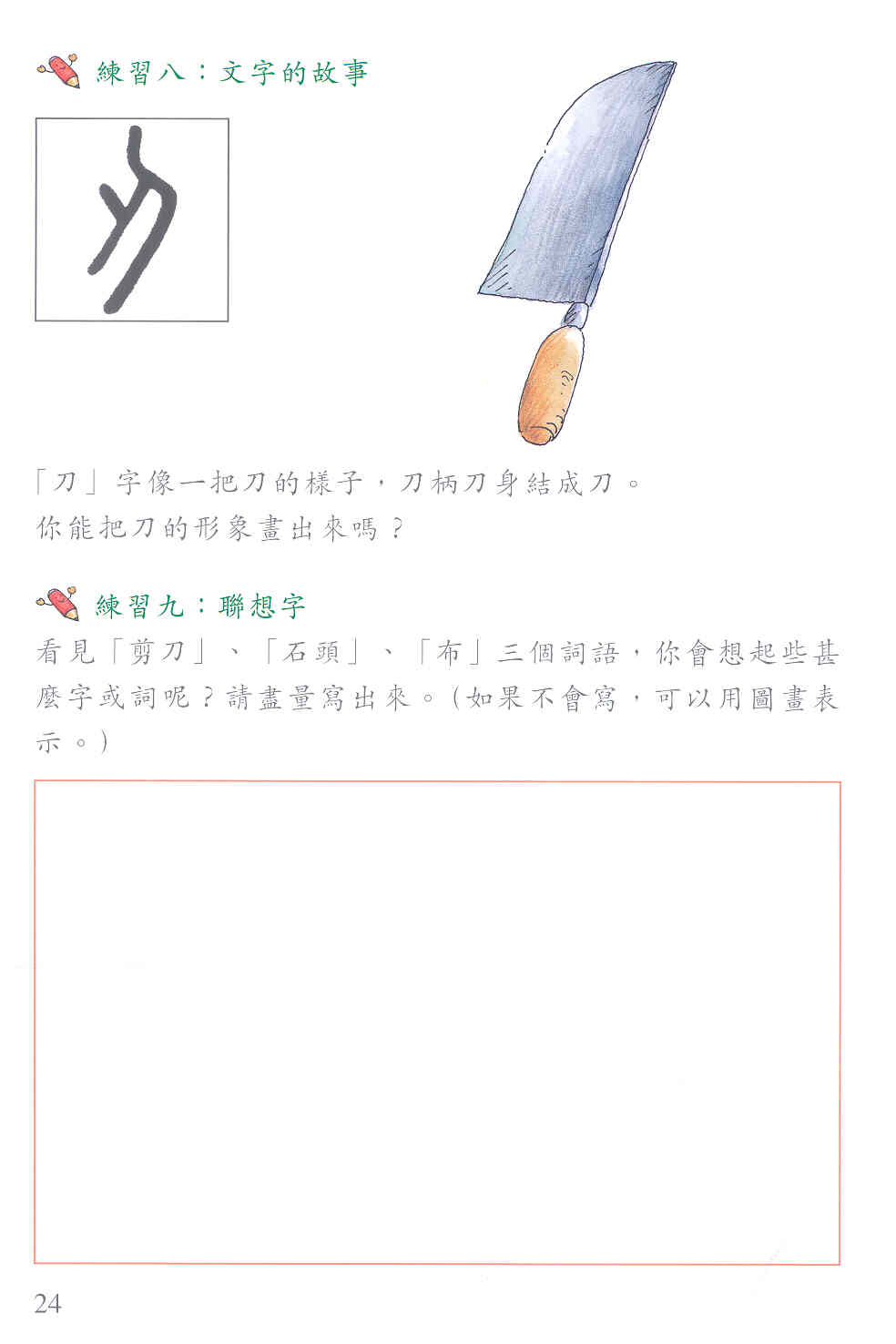
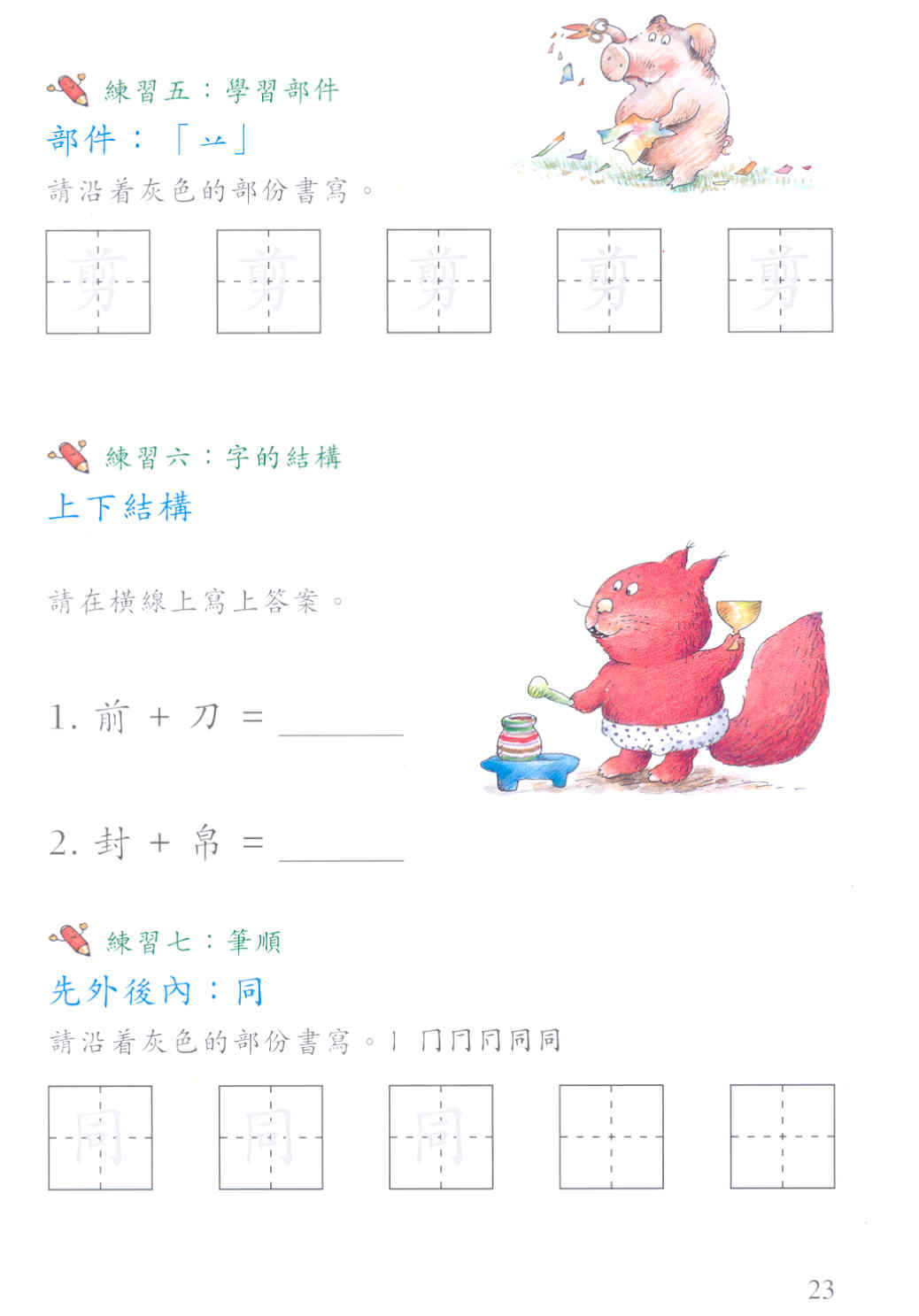
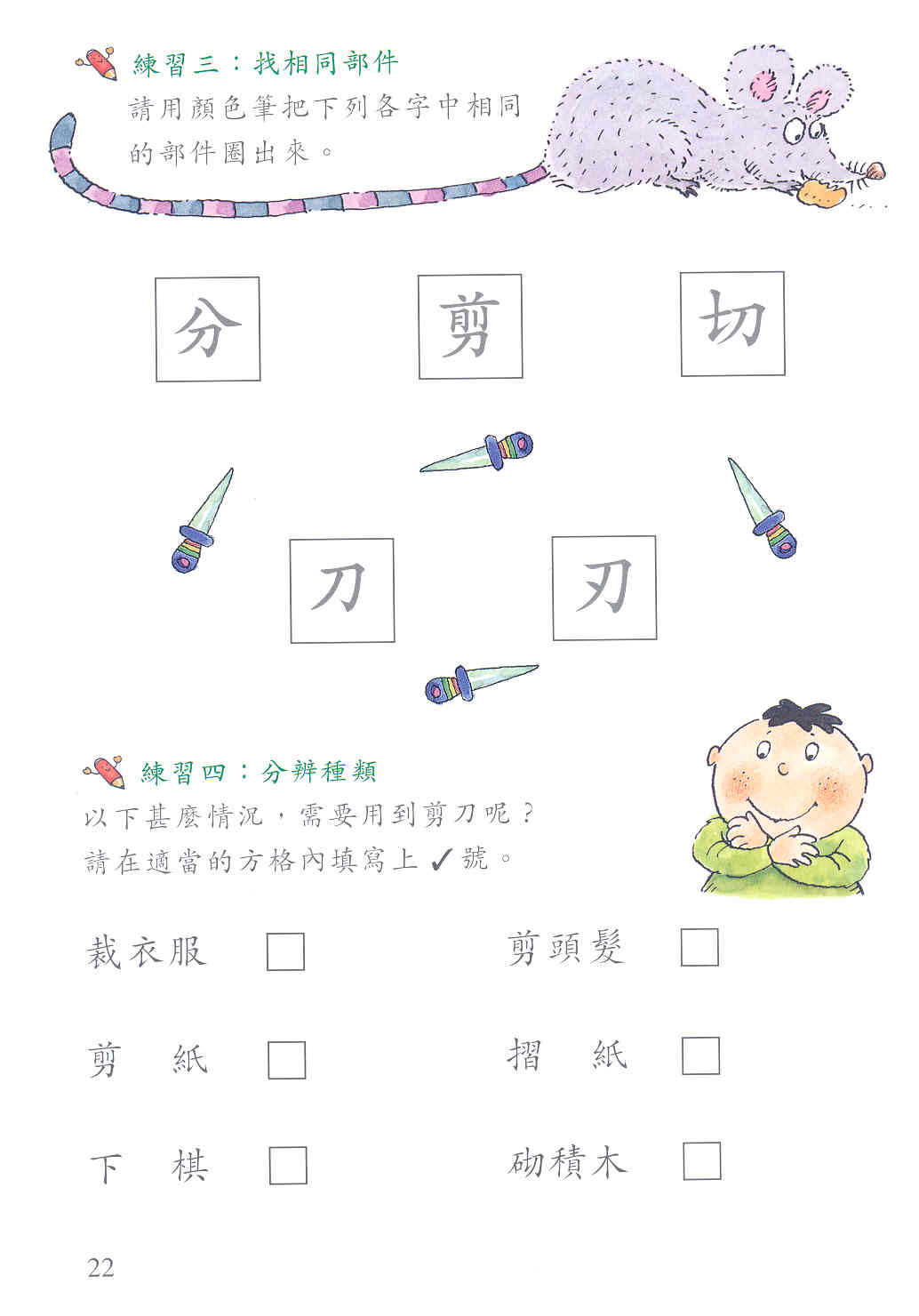
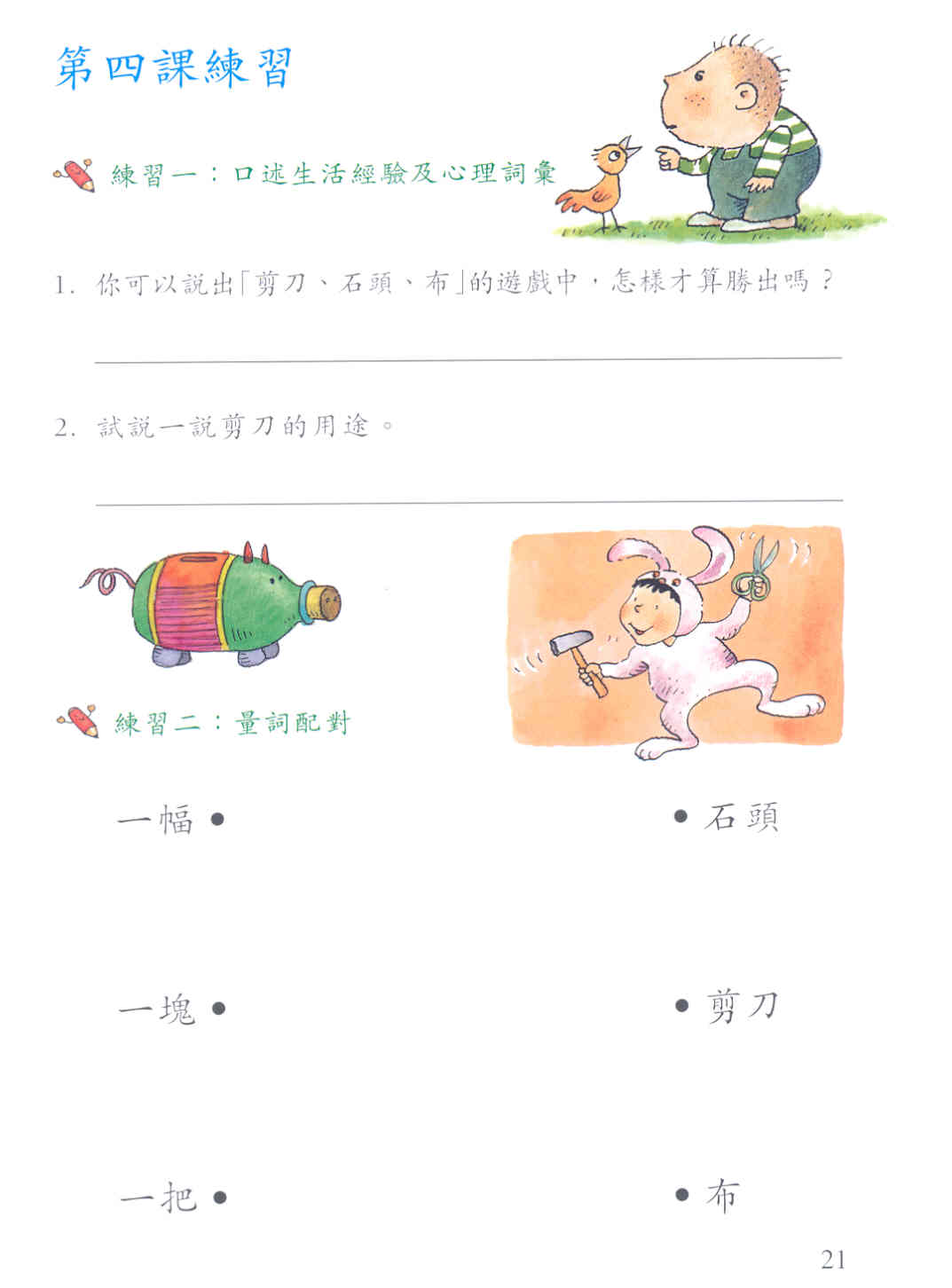
As you can see from the pics, you’re mainly learning the concept of character components. This helps you in guessing new characters and meaning of new characters, plus it helps you in writing new characters.
A lot of these concepts you will also find in the Kangxuan textbooks. It’s just kind of interspersed whereas that is the theme in these textbooks.
How Did I Use This?
Just like the Reading Rainbow series, I think I used this for about 3 chapters and then stopped, not because the curriculum sucks, but because in that first 5 years of homeschooling, I didn’t know how to prep and be consistent.
With Astroboy, we went through each chapter and I pointed out the components and we tried to read the characters.
If I were to do it again, I would use this curriculum after teaching stroke order. Have Astroboy write the characters they suggest, have him do character component sorting games with the characters, use the character flashcards to play games, etc.
Would I Recommend?
First, let me go on about this a bit because people keep telling me how I’m amazing in my obsession with Chinese. Yes that is true when it comes to all the curriculum out there, but not on the actual implementation.
I don’t like actually sitting down and teach. I sucked at it when the kids were young and noisy. My happiest time were always the 15 minutes I squeezed in during random times of the day in imparting some knowledge. Usually after that I’m pooped for about two days.
So all this to say that me not using the curriculum isn’t because it isn’t good. Just like the Reading Rainbow Series, it will work if you are consistent, persistent, and know how to tweak the curriculum for your kids’ learning style.
Use it after Sagebooks, probably in first grade as part of your transition to learning more characters and part of your writing curriculum.
I think this set is good for a Chinese teacher. IF you believe in teaching character component (and I do), and you need a shelf made curriculum as a spine and jump off point, this is it. The Taiwanese textbooks don’t emphasize the component idea as much as there is zhuyin to help you read.
You can plan a whole week’s lesson off of just one chapter. But it does take some planning. Otherwise you can also sit with the child and do the exercises in the book together. But I think you’d get more out of it if you made extension exercises off of each lesson.
Astroboy’s Montessori school had some specific Montessori manipulative for teaching components as part of writing. And from watching them, I realized that when you teach character component, it should actually be part of your WRITING CURRICULUM, not reading. Otherwise it’s a bit hard for the concept to stick.
